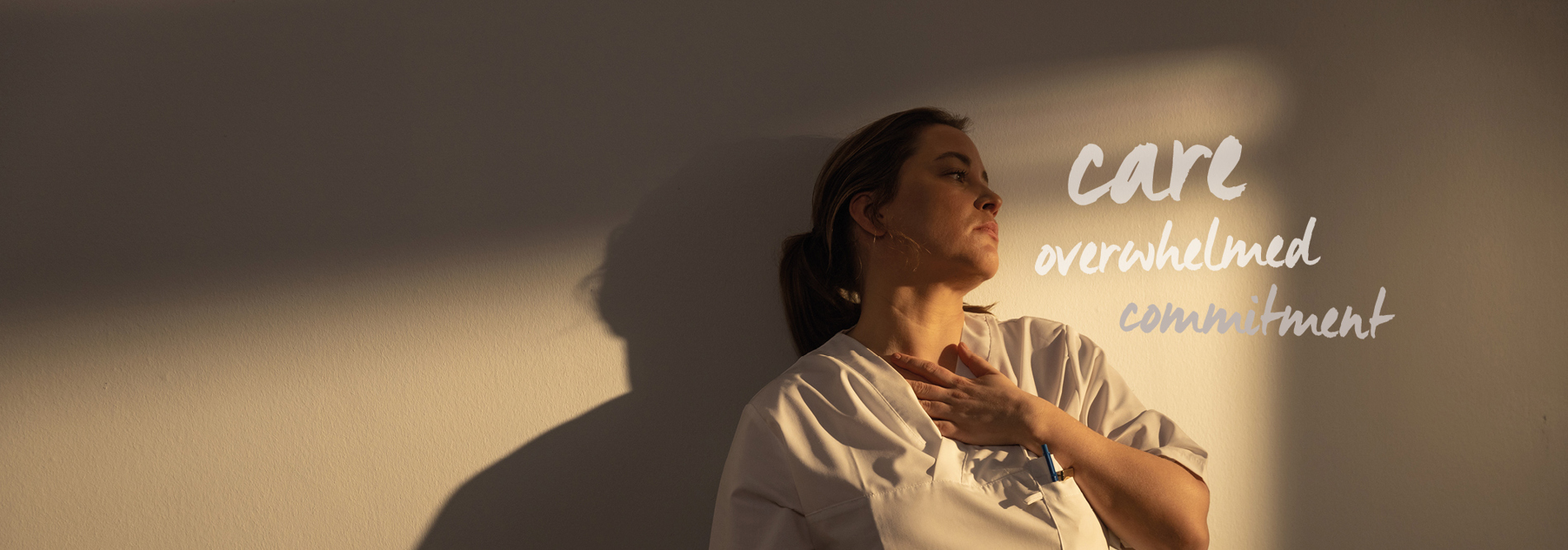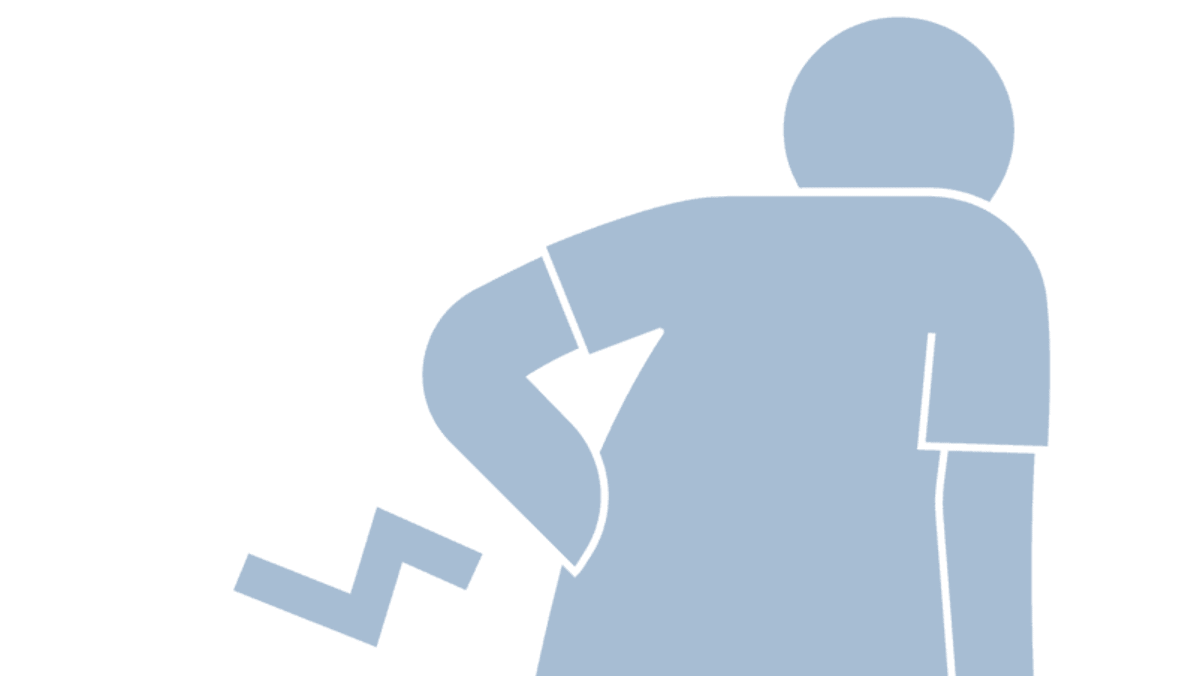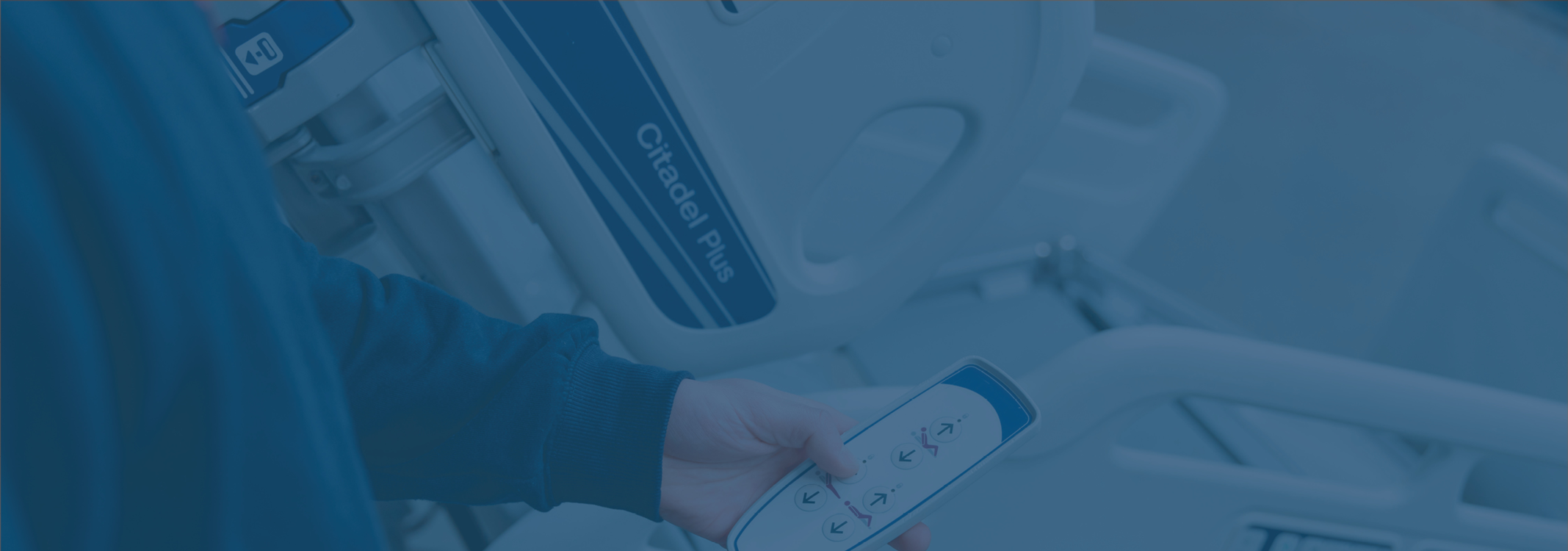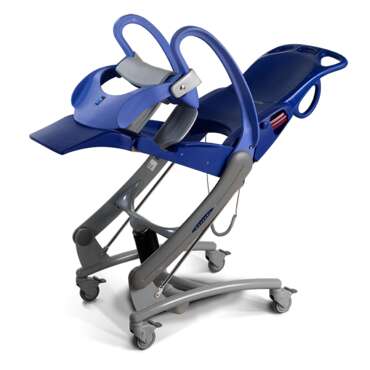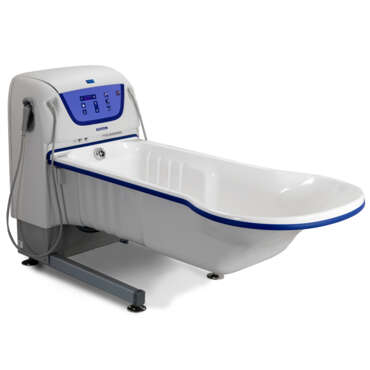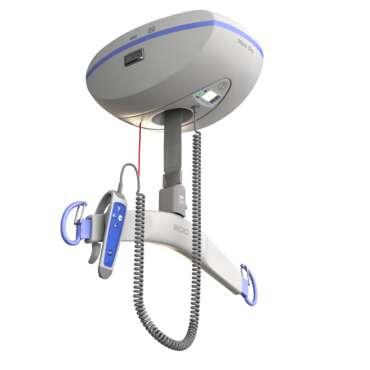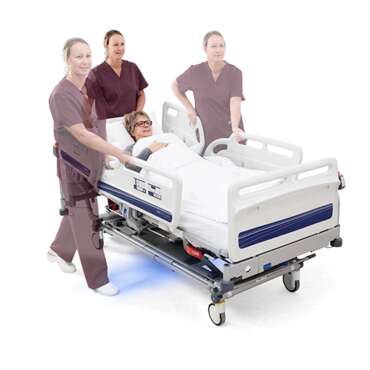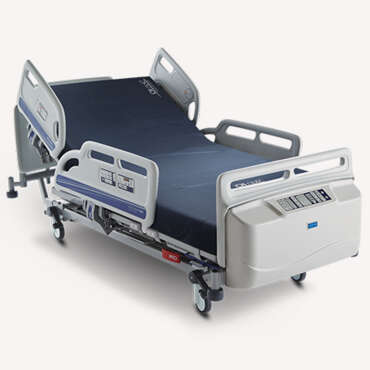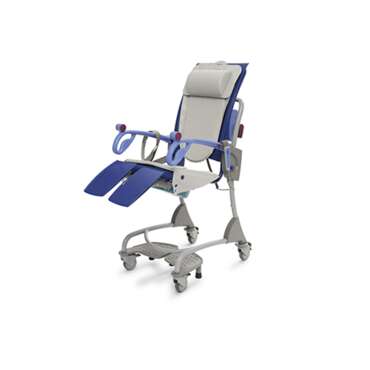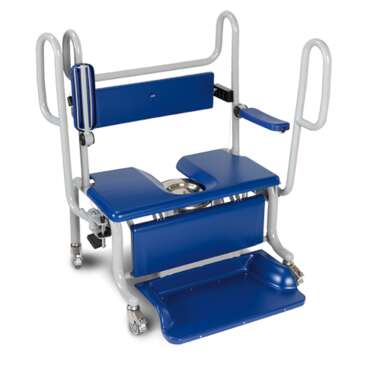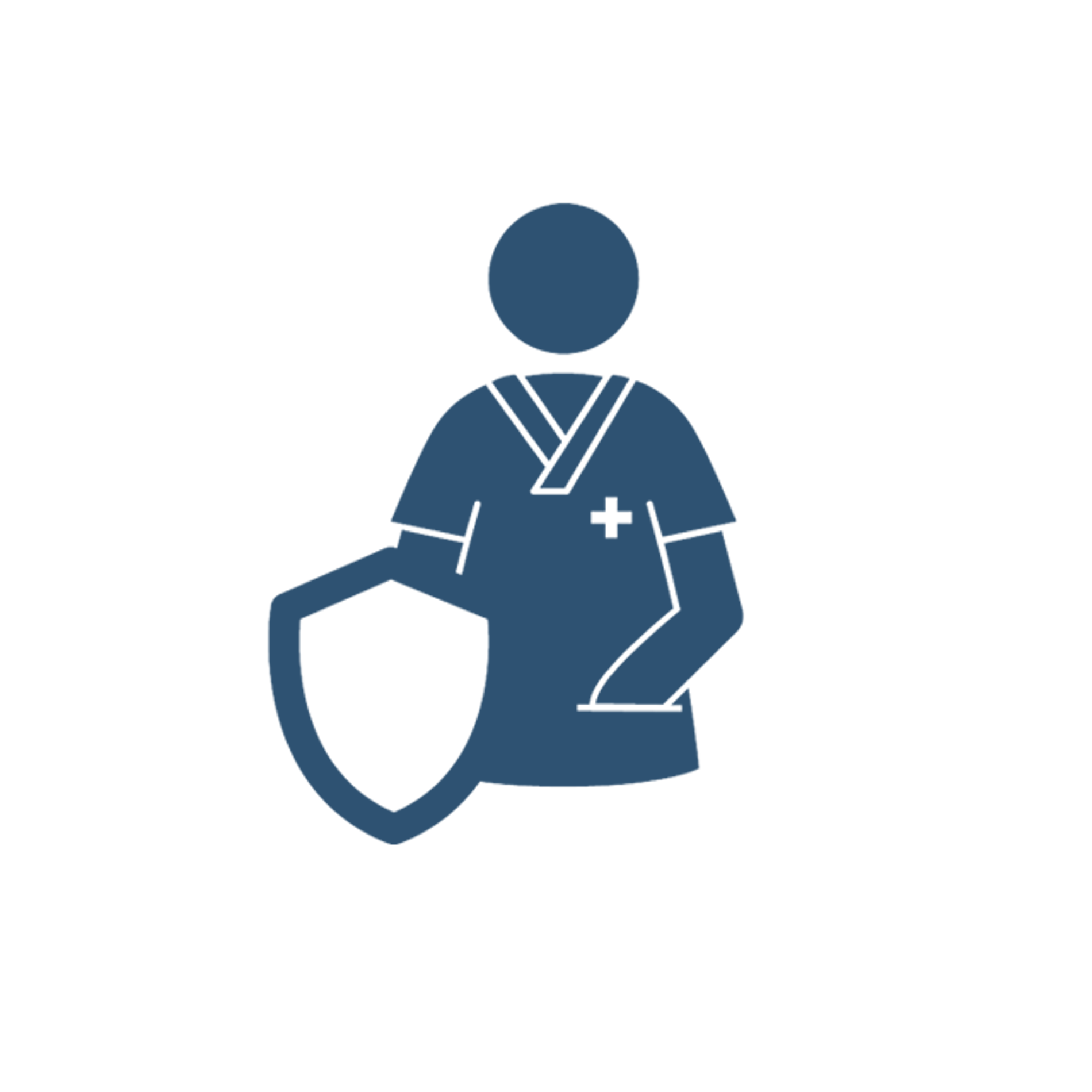
The rate of injury is on the rise
The healthcare industry has one of the highest rates of nonfatal occupational injuries. Every day, caregivers are at signicant risk of work-related injuries, causing unnecessary pain and suffering while draining valuable resources.
Caring for caregivers
Most work-related injuries can be avoided. But minimising the risk for caregivers demands a multi-disciplinary approach, involving collaboration, education and equipment, as well as effectively implemented health and safety policies.
Eliminating the risk
We empower caregivers with the patient handling solutions they need to eliminate the risk of strain and injury. Making patient handling safer, while promoting improved patient mobility, and ultimately helping them elevate the quality of care.
Featured resource
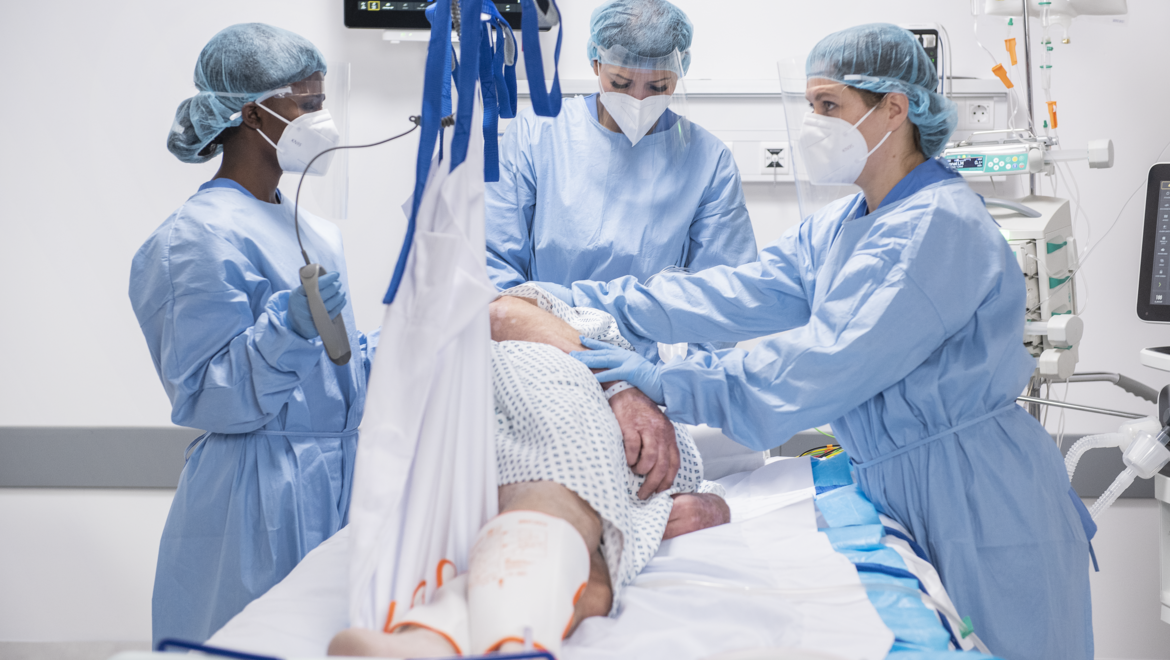
Prone positioning clinical evidence brochure
The Arjo Prone positioning clinical evidence brochure examines the following questions in detail, sharing results and conclusions from the most recent studies and real world data:
- When should you deploy prone positioning?
- What’s the optimal length of time your ICU patients lie in the prone position?
- How can you lower the risk of injury to caregivers and offer your patients a safe and gentle positioning experience every time?
More than this, it shows how you can deploy device-assisted technologies, already commonly found in today’s ICUs, to help improve efficiency, reduce risk and achieve the desired clinical outcomes with prone positioning.
Read our latest related articles

Hygiene
How can slower hygiene routines make your job safer and faster?
When carers are overworked, keeping wellness, comfort and dignity top-of-mind during daily routines can be challenging. How can each hygiene routine turn into an opportunity for comfort, dignity and the kinds of interactions that make a positive difference to the people in our care?

Mobility
The ergonomic effects on caregivers when transporting patients in hospital beds
Transporting patients on hospital beds is an ergonomically high risk activity for caregivers. However, the use of powered assisted beds can have a positive impact on their work lives. Read an extract from 'A case for powered bed transport' whitepaper below.
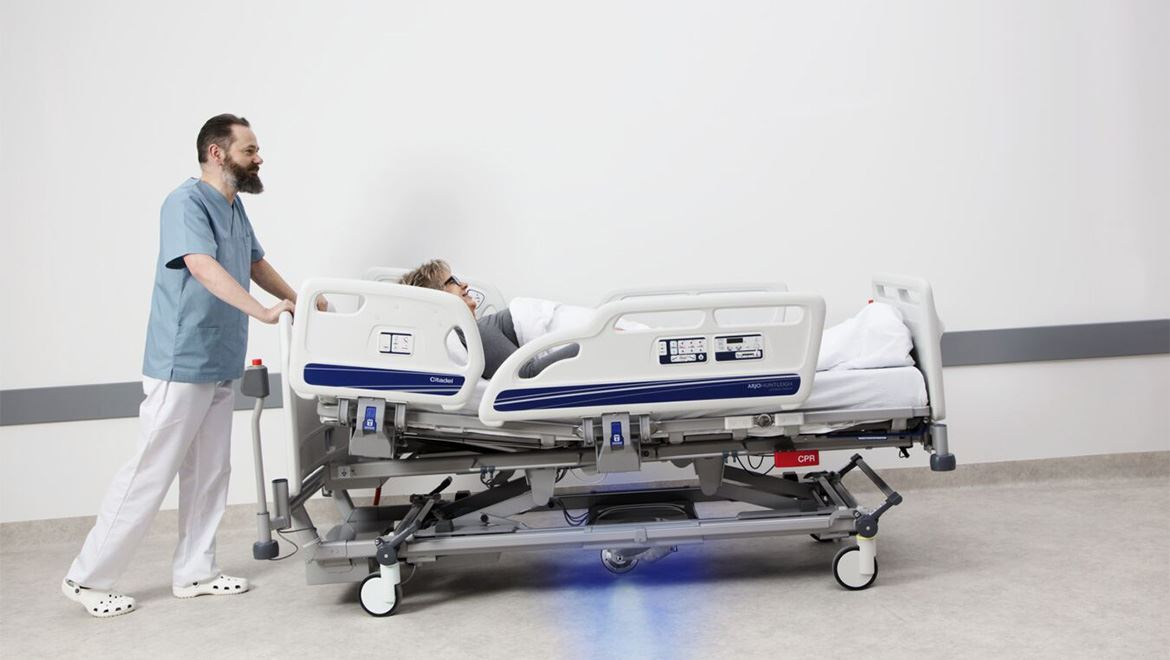
Medical beds
What technologies are used to aid caregivers in transporting patients on hospital beds?
There are different types of power assisted transport technologies used with hospital beds that help caregivers reduce effort in transporting patients throughout the facility.
What does Empowering Movement mean to me?
Interested in other aspects of Empowering Movement?

Prevent the impact of immobility
The impact of immobility acquired conditions such as pressure injuries and VTE is devastating. These potentially fatal yet preventable conditions cause enormous suffering for patients and result in considerable costs for healthcare providers.

Promote greater mobility with dignity
With immediate or prolonged immobility, the risk of care complications increases considerably – decreasing quality of life and dignity for patients, increasing need for care interventions and rising costs for healthcare facilities.

Optimise costs and efficiencies in care
The global demand for healthcare is growing and evolving. In the future, millions of new jobs in health and social care need to be created, while care facilities are under mounting pressure to reduce their operational costs and inefciencies.

Let's empower movement in healthcare
Empowering movement is at the heart of everything we do. It’s at the centre of our product design philosophy. It’s how we help care providers stay agile and efficient. It’s about enabling caregivers to move freely and productively.
-
Richardson A, Gurung G, Derrett S, Harcombe H. Perspectives on preventing musculoskeletal injuries in nurses: A qualitative study. Nursing Open. 2019;6(3):915-929. Published 2019 Apr 13. doi:10.1002/nop2.272.
-
American Nurses Association. Health and Safety Survey, 2011.
-
Totzkay, DL.(2018). Multifactorial Strategies for Sustaining Safe Patient Handling and Mobility. Crit Care Nurs Q, 2018. 41(3): p. 340-344.
